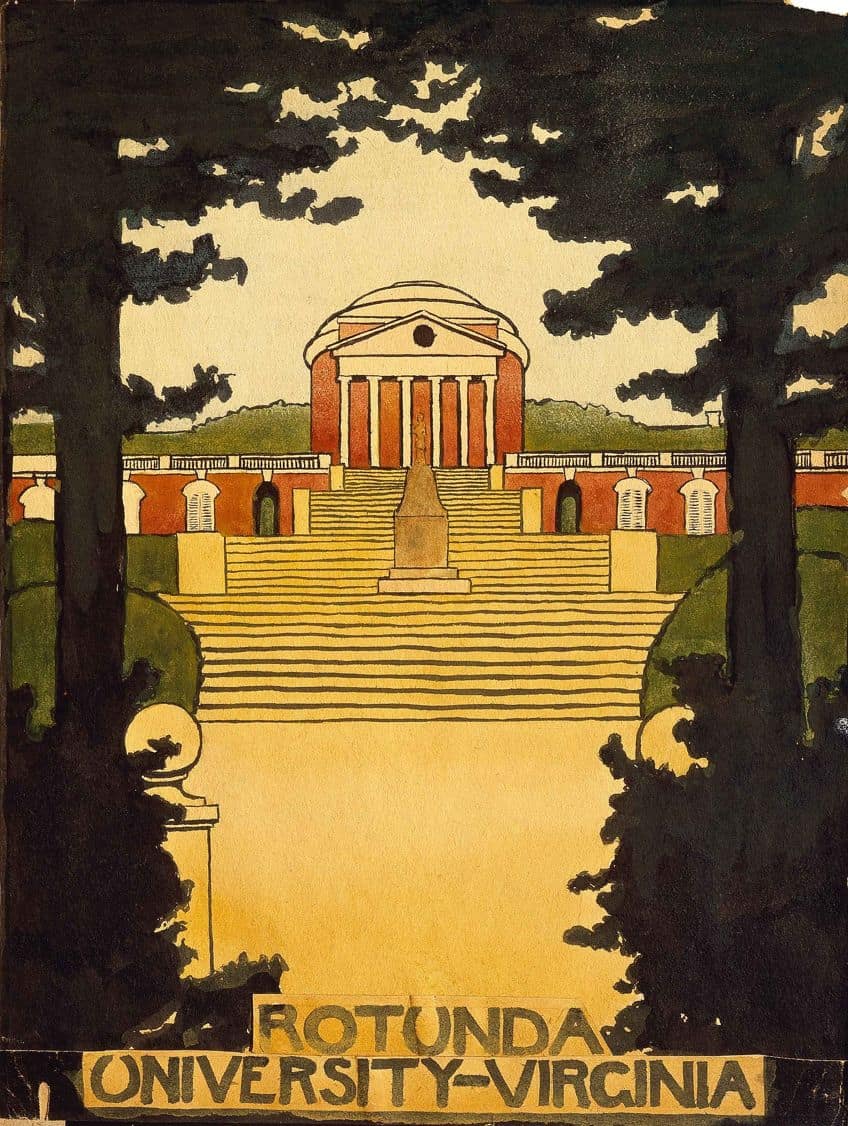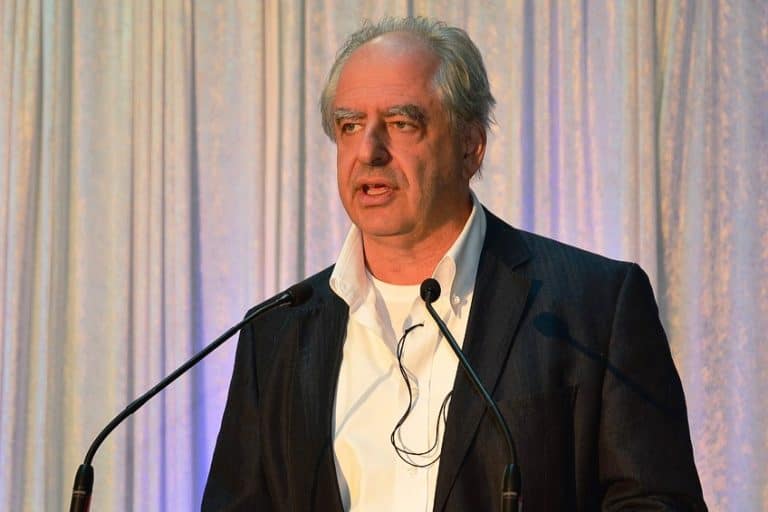Cityscape Artists – The Vibrant World of Urban Painting
In the vibrant realm of art, cityscapes stand as captivating reflections of urban life, offering a window into the dynamic interplay between architecture, humanity, and the spirit of a place. Within this bustling landscape of creativity, certain artists emerge as luminaries, masterfully capturing the essence and energy of cities through their brushstrokes and palettes. From the romantic allure of Parisian boulevards to the electric pulse of New York’s skyline, these visionaries transport us into the heart of bustling metropolises, inviting us to explore the intricate tapestry of urban existence. Join us on a journey as we illuminate the work of the best cityscape artists whose canvases pulsate with the rhythm of city life and whose brushwork brings streetscapes alive with unparalleled vitality and depth.
Table of Contents
- 1 What Is Cityscape Art?
- 2 Top Cityscape Artists to Know
- 2.1 Canaletto (1697 – 1768)
- 2.2 J.M.W. Turner (1775 – 1851)
- 2.3 Camille Pissarro (1830 – 1903)
- 2.4 Claude Monet (1840 – 1926)
- 2.5 Gustave Caillebotte (1848 – 1894)
- 2.6 Piet Mondrian (1872 – 1944)
- 2.7 George Bellows (1882 – 1925)
- 2.8 Georges Braque (1882 – 1963)
- 2.9 Edward Hopper (1882 – 1967)
- 2.10 Georgia O’Keeffe (1887 – 1986)
- 3 Frequently Asked Questions
What Is Cityscape Art?
Cityscape art refers to a genre of visual art that focuses on depicting urban landscapes, city skylines, streets, buildings, and other architectural elements of cities. Artists who specialize in cityscape art aim to capture the essence, character, and atmosphere of urban environments, often showcasing the interplay of light and shadow, the hustle and bustle of city life, and the unique architectural features that define a particular city.

Cityscape art can be rendered in various mediums, including painting, drawing, printmaking, photography, and digital art, offering diverse perspectives on the urban experience and reflecting the artist’s interpretation of urban landscapes. Throughout history, cityscape art has been celebrated for its ability to evoke nostalgia and capture moments in time.
They also serve as a reflection of societal values, technological advancements, and cultural identities associated with urban living.
Top Cityscape Artists to Know
Dive into the vibrant world of cityscapes with masterful artists who breathe life into urban landscapes. From the romance of Paris to the energy of New York, these visionaries capture the essence of bustling metropolises worldwide. Below, we unveil the top cityscape artists, inviting you to wander through streets and skylines, feeling the pulse of city living in their brushstrokes.

Canaletto (1697 – 1768)
| Birth | 1697 |
| Death | 1768 |
| Place of Birth | Venice, Republic of Venice |
| Genre of Work | Italian Baroque, Veduta |
| Notable Artworks |
|
Giovanni Antonio Canal, better known as Canaletto, was an Italian painter famous for his detailed and atmospheric views of Venice. He was renowned for his precise and detailed renderings that captured the essence of 18th-century Venice with unparalleled accuracy, immortalizing the city’s grand architecture and picturesque canals. His masterful use of perspective and light brings Venice to life on canvas, inviting viewers to wander through its charming streets and marvel at its majestic landmarks.
Through Canaletto’s art, Venice becomes a timeless spectacle, where every brushstroke whispers tales of elegance and romance amidst the Venetian waters.

J.M.W. Turner (1775 – 1851)
| Birth | April 23, 1775 |
| Death | December 19, 1851 |
| Place of Birth | Covent Garden, London, England |
| Genre of Work | Romanticism, Landscape Painting |
| Notable Artworks |
|
Joseph Mallord William Turner’s evocative cityscapes pulse with an unparalleled sense of drama and emotion, capturing the essence of cities in their most turbulent and sublime moments. His mastery of light and atmosphere transforms urban landscapes into poetic visions, where the play of shadows and reflections infuse scenes with an ethereal quality.
Turner’s cities are not mere settings but protagonists in their own right, each painting a narrative of human endeavor and the relentless march of time.

Camille Pissarro (1830 – 1903)
| Birth | July 10, 1830 |
| Death | November 13, 1903 |
| Place of Birth | Charlotte Amalie, Saint Thomas, Denmark-Norway (now U.S. Virgin Islands) |
| Genre of Work | Impressionism, Post-Impressionism |
| Notable Artworks |
|
A key figure in the Impressionist movement, Camille Pissarro’s cityscapes, including those of Paris, are celebrated for their lively brushwork and vibrant colors. Pissarro, a pioneer of Impressionism, infuses his cityscapes with vibrant colors and dynamic brushwork, capturing the bustling energy of Parisian life in the late 19th century. His scenes depict the everyday rhythm of city existence, from bustling boulevards to tranquil parks, with a keen eye for light and atmosphere.
Pissarro’s cityscapes are windows into a world in flux, where modernity meets tradition, and the pulse of the city beats with timeless vitality.

Claude Monet (1840 – 1926)
| Birth | November 14, 1840 |
| Death | December 5, 1926 |
| Place of Birth | Paris, France |
| Genre of Work | Impressionism |
| Notable Artworks |
|
While best known for his landscapes and water lilies, Claude Monet also painted stunning cityscapes, particularly of Paris, that revealed a profound sensitivity to the nuances of light and atmosphere, and transformed familiar landmarks into shimmering impressions of color and form. Through his innovative use of brushwork and color, Monet captures the fleeting essence of urban life, evoking a sense of movement and transience in his compositions.
His cityscapes serve as meditations on the passage of time and the ephemeral nature of human existence, inviting viewers to contemplate the beauty found in the everyday moments of city living.

Gustave Caillebotte (1848 – 1894)
| Birth | August 19, 1848 |
| Death | February 21, 1894 |
| Place of Birth | Paris, France |
| Genre of Work | Impressionism, Realism |
| Notable Artworks |
|
Gustave Caillebotte’s cityscapes offer a unique perspective on 19th-century Paris, where modernity and tradition intersect in the bustling streets and grand boulevards of the city. His paintings capture the dynamism of urban life with a sense of immediacy and realism, inviting viewers to experience the sights and sounds of Parisian society.
Through his keen observations and bold compositions, Caillebotte reveals the beauty in the mundane, transforming everyday scenes into timeless works of art that resonate with the vibrancy of city living.

Piet Mondrian (1872 – 1944)
| Birth | March 7, 1872 |
| Death | February 1, 1944 |
| Place of Birth | Amersfoort, Netherlands |
| Genre of Work | De Stijl, Neoplasticism |
| Notable Artworks |
|
Known for his abstract compositions, Piet Mondrian’s early works included cityscapes that embraced the geometric forms and rhythms of urban architecture, particularly in his native Netherlands. His use of primary colors and rectilinear forms reflects a quest for harmony and balance amidst the chaos of modern life, offering a distilled vision of cities as dynamic compositions of line and color.
Mondrian’s cityscapes are not mere reflections of reality but expressions of a universal order, where the grid becomes a metaphor for the rhythm and structure of urban existence.

George Bellows (1882 – 1925)
| Birth | August 12, 1882 |
| Death | January 8, 1925 |
| Place of Birth | Columbus, Ohio, United States |
| Genre of Work | Realism, Ashcan School |
| Notable Artworks |
|
George Bellows, an American realist painter, depicted the dynamism and energy of New York City in the early 20th century through his bold brushwork and powerful compositions, capturing scenes of urban life with vivid realism and emotional depth. His bold brushwork and dramatic compositions reveal the social contrasts and tensions inherent in urban life, from the bustling commerce of downtown to the quiet dignity of immigrant neighborhoods.
Through Bellows’ eyes, New York becomes a stage for human drama, where everyday moments are elevated to the level of epic significance, and the city itself becomes a living, breathing organism.

Georges Braque (1882 – 1963)
| Birth | May 13, 1882 |
| Death | August 31, 1963 |
| Place of Birth | Argenteuil, France |
| Genre of Work | Cubism, Fauvism, Abstract Art |
| Notable Artworks |
|
Alongside Picasso, Georges Braque pioneered Cubism, deconstructing and reassembling the urban landscape into fragmented perspectives and geometric forms. His cityscapes deconstruct reality into a kaleidoscope of intersecting planes and shapes, challenging viewers to see beyond the surface of things and explore the underlying structure of the world.
Braque’s paintings are meditations on perception and perspective, inviting us to reconsider our relationship to the urban environment and the ways in which we perceive and interpret the world around us.

Edward Hopper (1882 – 1967)
| Birth | July 22, 1882 |
| Death | May 15, 1967 |
| Place of Birth | Nyack, New York, United States |
| Genre of Work | Realism, American Scene Painting |
| Notable Artworks |
|
Edward Hopper’s cityscapes are windows into the soul of modern America, capturing the loneliness and alienation of urban life with haunting clarity and emotional resonance. His iconic scenes of empty streets and isolated figures evoke a sense of longing and introspection, inviting viewers to contemplate the mysteries of human existence amidst the vastness of the urban landscape.
Through his use of light and shadow, Hopper creates atmospheric worlds that transcend time and place, resonating with the universal experiences of solitude and longing.

Georgia O’Keeffe (1887 – 1986)
| Birth | November 15, 1887 |
| Death | March 6, 1986 |
| Place of Birth | Sun Prairie, Wisconsin, United States |
| Genre of Work | American Modernism, Precisionism |
| Notable Artworks |
|
Georgia O’Keeffe’s cityscapes offer a unique perspective on the urban landscape, stripping away extraneous details to reveal the essence of architectural forms, imbued with a sense of abstract beauty and quiet contemplation. Her paintings of New York City capture the rhythm and geometry of skyscrapers with bold lines and simplified forms, transforming the urban landscape into a series of abstract compositions. O’Keeffe’s cityscapes are not literal representations but poetic interpretations of the city’s essence, inviting viewers to see beyond the surface of things and explore the underlying rhythms and patterns of urban life.

In reflection, the world of cityscape art unfolds as a captivating panorama, showcasing the ingenuity and passion of extraordinary artists. Through their brushstrokes and lenses, they unveil the soul of urban landscapes, beckoning us to explore the intricacies of bustling streets and soaring skylines. From the quaint charm of cobblestone alleys to the majestic allure of iconic landmarks, these visionaries capture the essence of cities with unparalleled depth and resonance. Their work not only celebrates the vibrant tapestry of urban life but also invites us to contemplate the ever-changing narratives woven into the fabric of our modern world. As we marvel at their creations, we are reminded of the enduring power of art to ignite our imaginations and illuminate the beauty found within the cities we call home.
Frequently Asked Questions
What Distinguishes Cityscape Art from Other Genres?
Cityscape art focuses specifically on depicting urban landscapes, including city skylines, streets, buildings, and other architectural elements of cities. It captures the essence, character, and atmosphere of urban environments, often showcasing the interplay of light and shadow, the hustle and bustle of city life, and unique architectural features.
How Have Cityscape Artists Influenced Urban Planning and Architecture?
Cityscape artists have often influenced urban planning and architecture by shaping public perceptions of cities and advocating for the preservation of historical landmarks and urban spaces. Through their artworks, they raise awareness about the importance of aesthetics, functionality, and cultural heritage in urban environments, inspiring dialogue and action among city planners, architects, and communities.
Isabella studied at the University of Cape Town in South Africa and graduated with a Bachelor of Arts majoring in English Literature & Language and Psychology. Throughout her undergraduate years, she took Art History as an additional subject and absolutely loved it. Building on from her art history knowledge that began in high school, art has always been a particular area of fascination for her. From learning about artworks previously unknown to her, or sharpening her existing understanding of specific works, the ability to continue learning within this interesting sphere excites her greatly.
Her focal points of interest in art history encompass profiling specific artists and art movements, as it is these areas where she is able to really dig deep into the rich narrative of the art world. Additionally, she particularly enjoys exploring the different artistic styles of the 20th century, as well as the important impact that female artists have had on the development of art history.
Learn more about Isabella Meyer and the Art in Context Team.
Cite this Article
Isabella, Meyer, “Cityscape Artists – The Vibrant World of Urban Painting.” Art in Context. February 27, 2024. URL: https://artincontext.org/cityscape-artists/
Meyer, I. (2024, 27 February). Cityscape Artists – The Vibrant World of Urban Painting. Art in Context. https://artincontext.org/cityscape-artists/
Meyer, Isabella. “Cityscape Artists – The Vibrant World of Urban Painting.” Art in Context, February 27, 2024. https://artincontext.org/cityscape-artists/.











